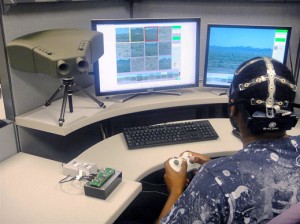Europe’s leading scientific institutions could work with less-developed regions to create a new type of research centre, suggests a proposal backed by science ministers last week.
Under the ‘teaming’ proposal, the partners would put forward joint business plans to bid for European Union (EU) start-up funds as part of Horizon 2020, the EU research funding programme for 2014–20, which will replace the current Seventh Framework Programme (FP7) after it expires next year. Ministers gave their backing for the general structure of Horizon 2020 last June. Continue reading European ministers back research-buddy plan




